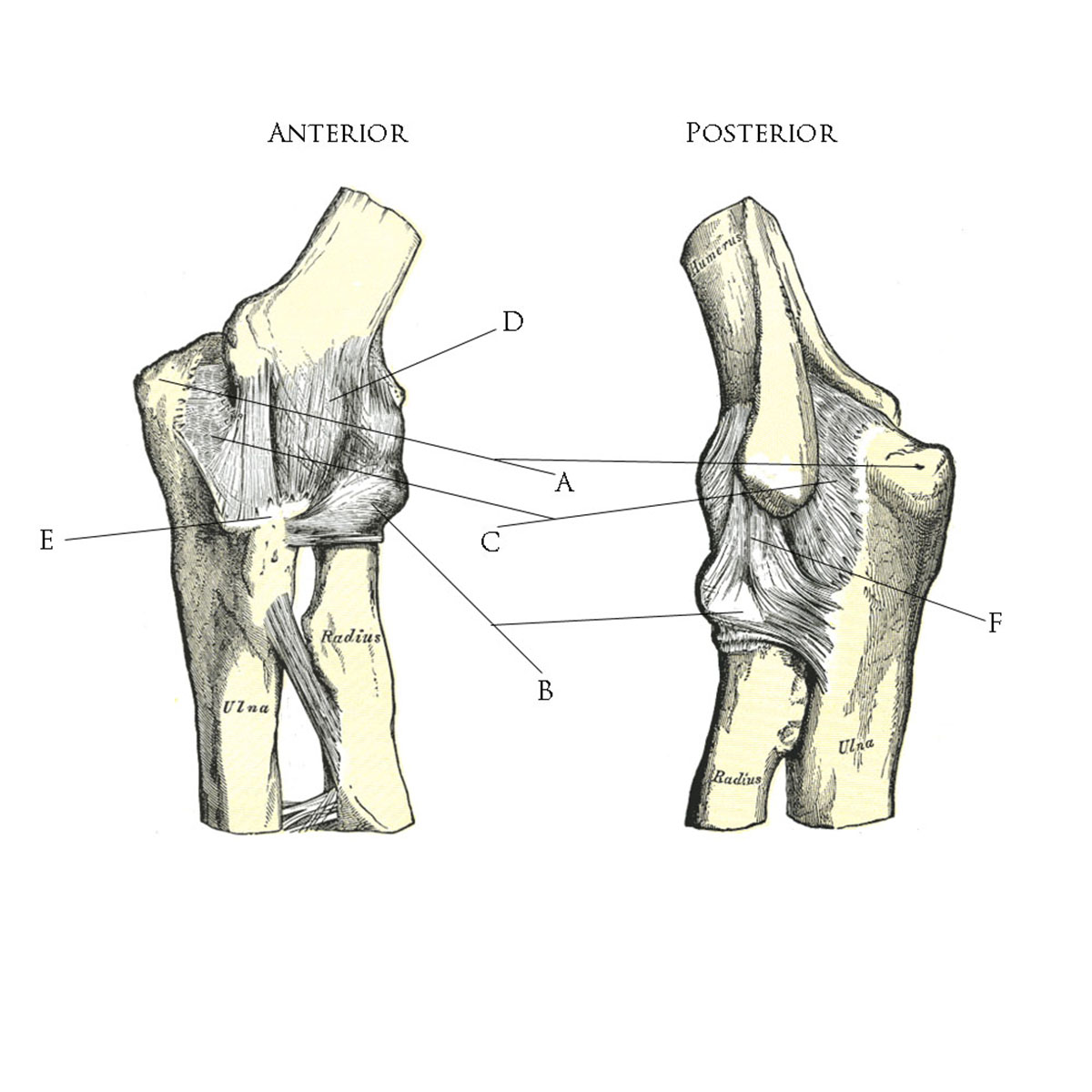
Joints are the connections between the bones that allow movement and the twisting of arms, legs, hips or any other part of the body. Joints are cushioned with smooth tissue called cartilage and a lubricant called synovial liquid. That way, bones do not rub one another and thus go to waste. However, aging, suffering injuries or even sitting the wrong way could do damage to the joints and lead to diseases such as arthritis. There are many ways to prevent damage to the joints but the key factor is to keep them strong and stable, together with muscles and bones.
Watching the weight
Weight bearing joints in body, such as knees hips and back, serve to support a large portion and sometimes even all of the body weight. Wearing and tearing of joints increases together with one’s weight. Obese people often have locomotor problems. Losing weight will reduce the pressure on joints and prevent injuries and arthritis of the knees.
Exercise
Exercise, especially low impact training such as, swimming or bicycling, may help lose extra weight and even reduce joint swelling. Less movement causes more stiffness in the joints. Whoever spends much time sitting should try to change positions as often as possible and take short breaks from time to time.
Building the muscles
Strong muscles will support the joints so that they will not have to take all of the pressure of the body’s weight. It would be good to talk to the doctor before making a final decision and thus eliminate the risk of injuries.Strengthening the core
Strong abdominal and back muscles will help keep the balance and prevent falls and injuries that may affect the joint health.
Knowing the limitsExercises that cause joint pain should be avoided. Muscular pain is normal after every exercise, but if it lasts more than 48 hours, it means that exercise was too tough. Such hard exercise may lead to injury or damage to the joints.
Keeping a perfect posture
Slouching affects joints in an extremely negative way. On the other hand, standing or sitting up straight protects joints all away from neck to the knees. Good posture is very important when lifting or carrying weight and it may significantly reduce stress on the joints. Wearing a protectionProtecting the body means protecting the joints, too. When doing high-risk activities one should always wear a helmet, kneepads, and elbow and wrist pads. This includes work-related activities but also the other kind of activities we usually do for fun like cycling or inline skating. Safety gear will protect the body from injuries, reduce stress on the joints, and thus help ward off early onset arthritis.
Using the ice
The best drug-free pain reliever is ice. Ice should be applied wraped in a towel to a painful area and kept no more than 20 minutes. A pack of frozen vegetables should also do the trick. It is important to remember that ice should not be placed directly to the skin.Having healthy eating habits
Balanced diet helps building up and strengthening bones. The diet should introduce plenty of calcium on a daily level. Good sources of calcium are milk products, broccoli, kale, and figs but it may also be used in a supplement form. Vitamin D and vitamin C may also contribute to joint health and reduce the risk of osteoarthritis. Omega-3 fatty acids may reduce joint pain and swelling and promote joint health in general. Great sources of omega-3 fatty acids are salmon, mackerel or fish oil capsules.




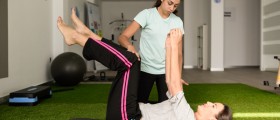



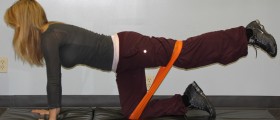


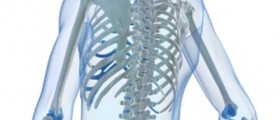

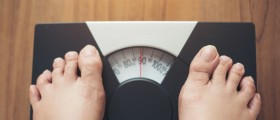

-Symptoms,-Diagnosis,-Treatment_f_280x120.jpg)

Your thoughts on this
Loading...